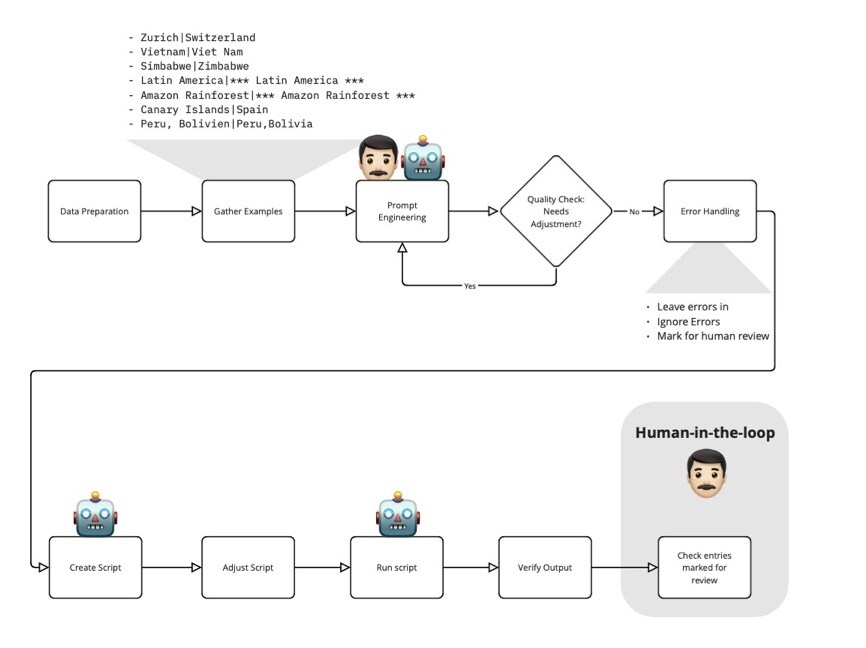
From Messy Survey Responses to Structured Data with AI
When people think of Large Language Models (LLMs) like ChatGPT, they often think of creative text generation. But the real power of AI often lies elsewhere: it handles tedious, data-intensive tasks faster, cheaper, and more accurately than any human.

Are Businesses AI-Ready? Insights from Swiss Business Leaders
A recent survey by Deloitte revealed that 54% of Swiss business leaders believe their tech infrastructure is AI-ready. This level of confidence stands in stark contrast to their counterparts in Germany (37%), the UK (25%), and the global average (40%).
